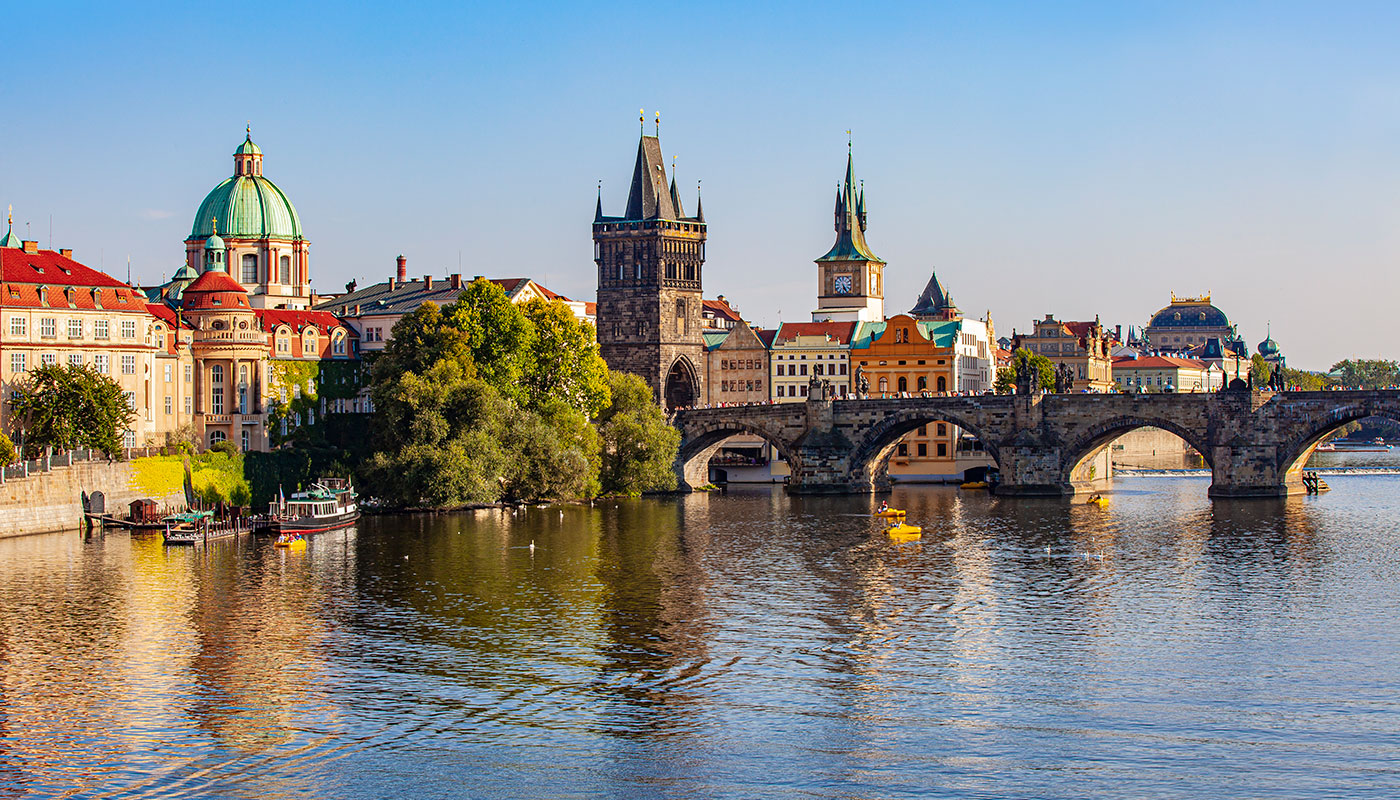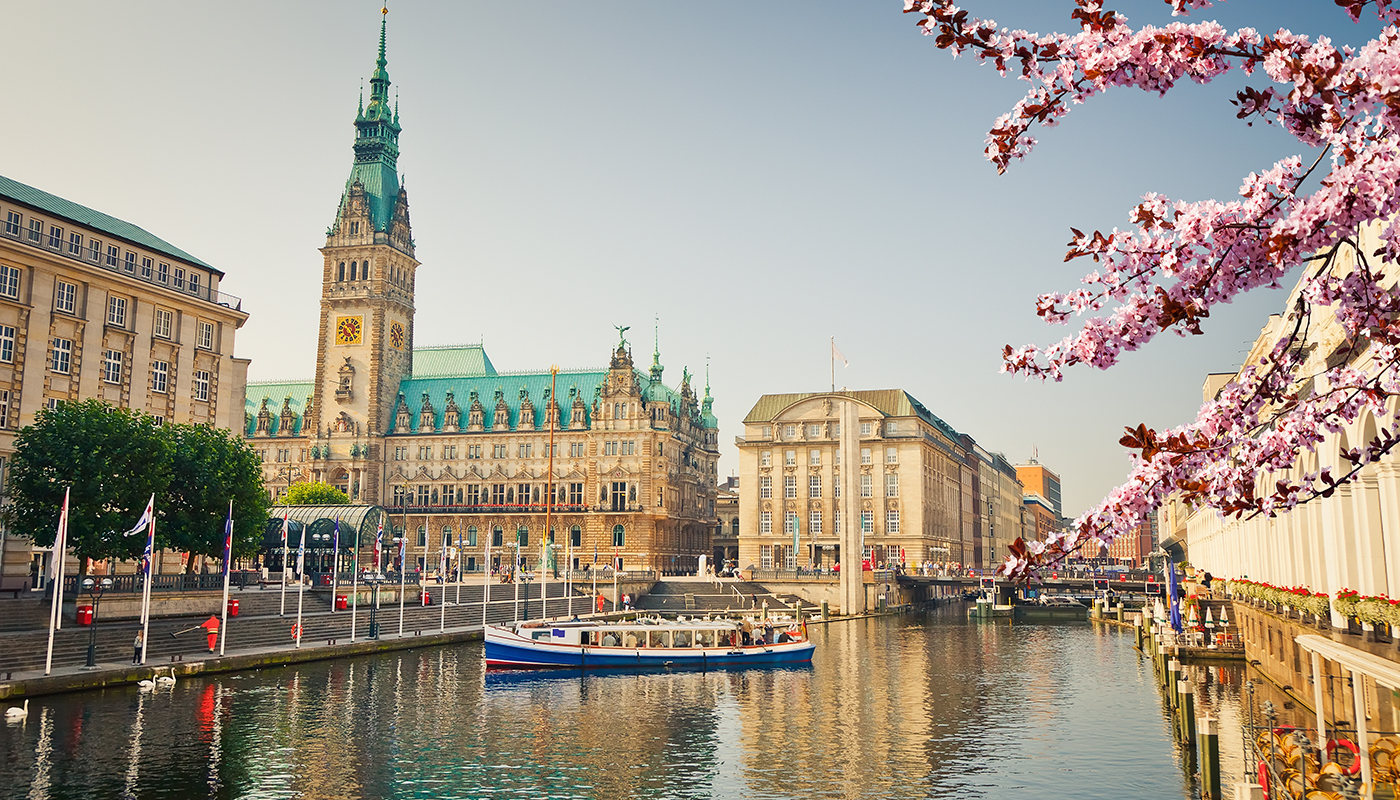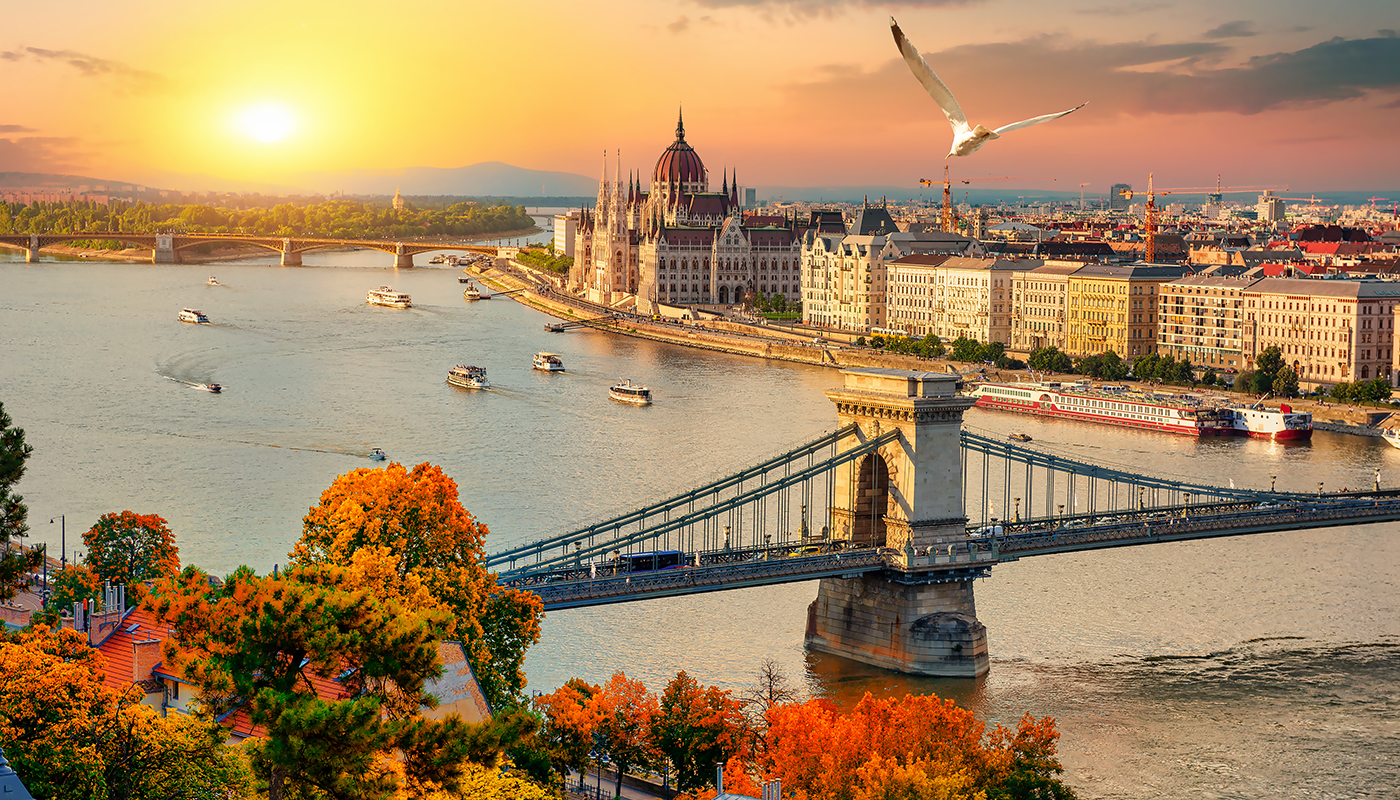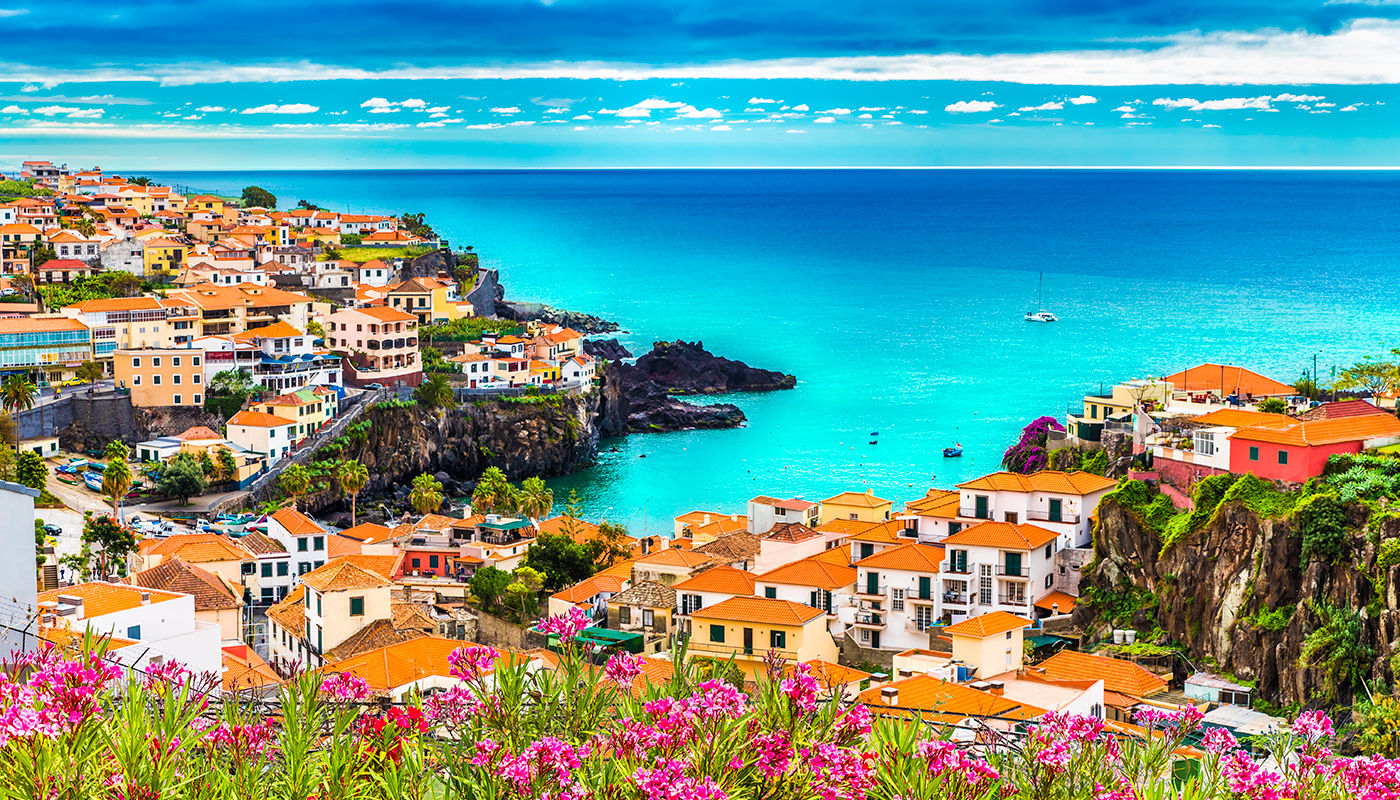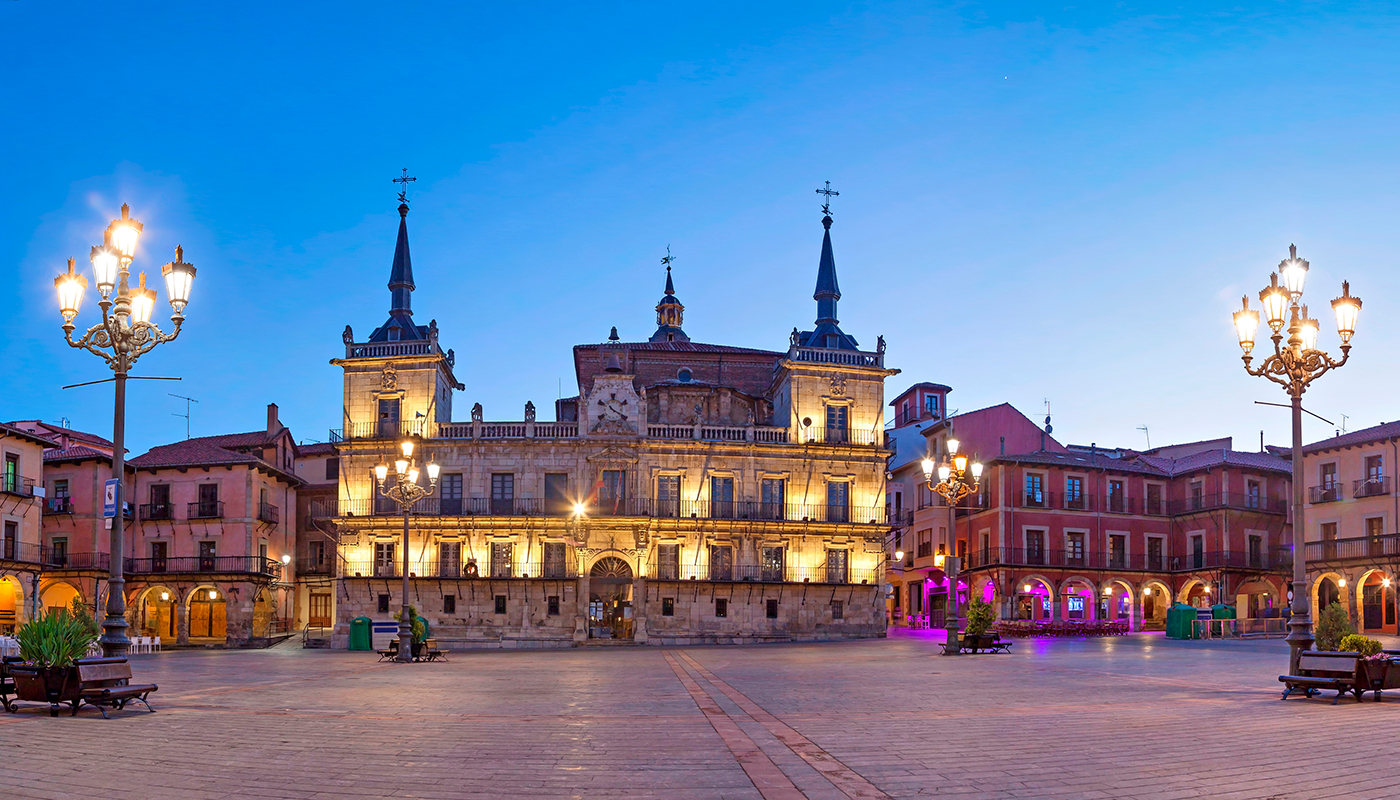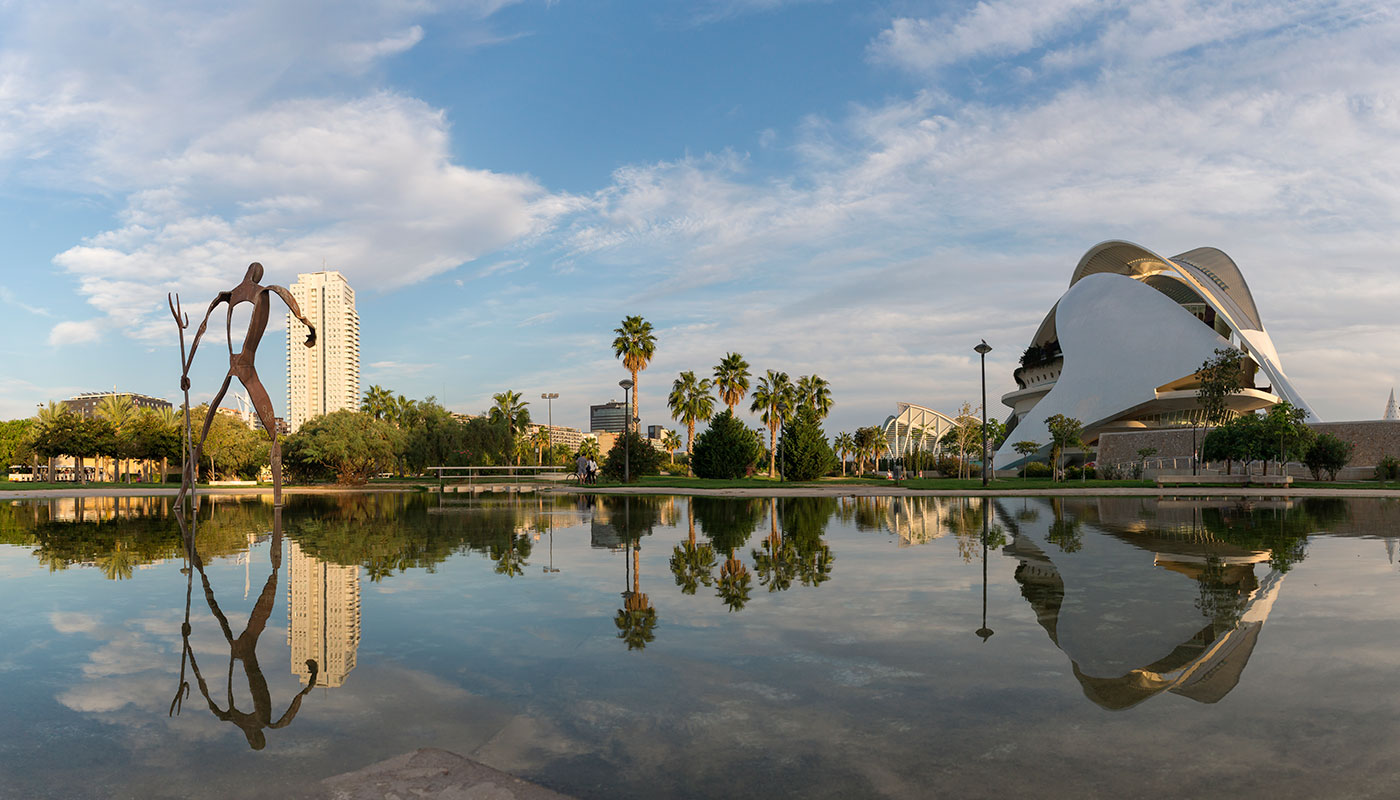Located on the border between Germany and the Czech Republic, the Saxon Switzerland National Park is one of the most striking landscapes in Europe. With its imposing sandstone rock formations, deep valleys and lush forests that look like something out of a Romantic painting, this park attracts adventurers and nature lovers from all over the world. The “Elbe Sandstone Mountains”, as they are known locally, offer a spectacle of rocky pinnacles and time-sculpted ravines, where the Elbe River meanders between cliffs and natural viewpoints. This unique environment is home to a diverse ecosystem and ancient trade routes and medieval trails, making it a must-see destination for exploring the wild and rugged side of Saxony.
- Natural surroundings: a sandstone mountain landscape that inspired Romantic painters such as Friedrich
- Where to find it and how to get there: the wildest nature on Dresden’s doorstep
- What to do here: the “Painters’ Way” and other adventures in nature
- Recommendations for your visit: tips for maximum enjoyment
Natural surroundings: a sandstone mountain landscape that inspired Romantic painters such as Friedrich
The Saxon Switzerland National Park stretches across approximately 93 km² of forests and rock formations, sharing ground with its neighbour, the Bohemian Switzerland National Park, on the Czech side. This collection of sandstone mountains, formed over 100 million years ago when the region was part of a shallow sea, has been transformed into a spectacular and surreal landscape of plateaus, ravines and stone towers that has attracted artists and hikers for centuries. Erosion, caused by wind and water, has sculpted whimsical shapes into the rocks, creating natural structures that seem to defy gravity, such as the famous Bastei “outcrops”, a collection of bridges and viewpoints above the Elbe River canyon that offer unparalleled panoramic views. This viewpoint was explored as early as the 19th century and has since been a source of inspiration for Romantic painters such as Caspar David Friedrich.

In addition to its unique geological features, the park is home to a rich biodiversity. The pine and fir forests are dotted with oak and beech trees, while rare and delicate plants, such as the martagon lily, grow in its fields. The fauna includes species that find a safe haven in the park, such as eagle owls, deer, badgers and even some European lynxes. In spring, the paths are filled with wildflowers, while in autumn, the forest is tinged with red and gold, creating a magical atmosphere. It is an unspoilt and unique environment in Germany that changes with the seasons, inviting visitors to reconnect with nature in its raw and untamed beauty.
Where to find it and how to get there: the wildest nature on Dresden’s doorstep
The Saxon Switzerland National Park is located in the German state of Saxony, close to the border with the Czech Republic. The nearest town is Dresden, which is approximately 30 kilometres from the park. It is easy to get here from Dresden and there are several transport options that allow you to reach the park in less than an hour, making it an ideal trip for visitors to the region.
For those who prefer the train, there is a line connecting Dresden with Bad Schandau, one of the park’s gateway towns. From there, you can take buses to the main points of interest. It is also possible to reach the park by car, following the A17 motorway, which offers more freedom for exploring the various trails and viewpoints throughout the park. In addition, there are several cycling routes that run through the region, allowing travellers to enjoy the landscape in an active and sustainable way.

What to do here: the “Painters’ Way” and other adventures in nature
The Saxon Switzerland National Park is a paradise for hikers and climbers. There are over 400 kilometres of marked trails, ranging from easy and accessible routes to demanding trails through forests and canyons. One of the most popular trails is the Malerweg or “Painters’ Way”, a 112-kilometre trail tracing the paths of German Romantic artists and offering unparalleled views of rock formations and the Elbe River.
For the adventurous, Saxon Switzerland is also an ideal place for climbing. The park is considered the birthplace of sandstone climbing, featuring over 1,000 routes and challenges that attract climbers from across the globe. The sandstone rock walls, however, require specific techniques, as the use of fixed equipment is limited to protect the natural environment. In addition, areas to swim in the Elbe and kayak tours offer refreshing alternatives for visitors in summer, allowing them to experience the park from a different perspective.

Recommendations for your visit: tips for maximum enjoyment
Before venturing into the park, it’s important to bring the right equipment, as the weather can be unpredictable and some trails require appropriate footwear for the rugged terrain. It is also advisable to bring plenty of water and supplies, especially if you plan to explore long or remote routes. Detailed maps of the park are available at visitor centres and are essential for navigating the more complex trails.
For those interested in photography, early morning or dusk offers spectacular light that enhances the contours of the rocks and creates a mystical atmosphere over the valley, often shrouded in mist like the famous “sea of clouds” in Friedrich’s painting. It is also important to remember that the park is a nature reserve, and visitors must follow the conservation rules in place to preserve its biodiversity, such as staying on marked trails and respecting the local wildlife.






